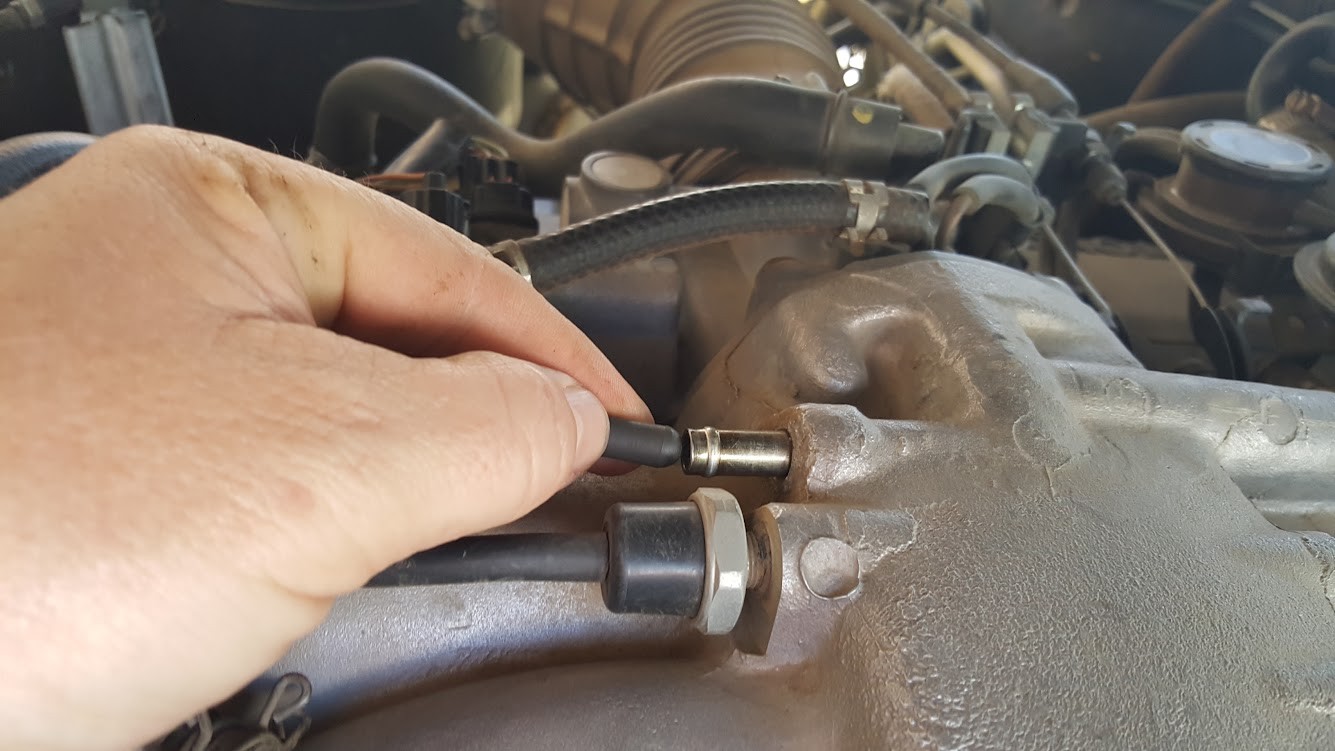With rising fuel costs, every mile per gallon counts, especially for owners of classic SUVs like the 80 series Toyota Land Cruiser. If you’re looking to squeeze more out of each tank in your OBD2 equipped Land Cruiser, you’re in the right place. This guide, based on real-world experience, details practical steps to enhance your fuel economy without compromising the ruggedness and reliability you expect from your 80 series. Let’s dive into how to make your Land Cruiser more fuel-efficient.
First, let’s establish a baseline. Many 80 series owners, particularly those with modifications like larger tires and aftermarket gears, might see fuel economy figures that are less than optimal. In this case, the starting point was around 10 MPG. It’s important to note the specifics of the vehicle: a ’97 LX450 (OBD2 compliant), 4:88 gears, and 37-inch tires (which, when corrected for gear and tire size, shows a speedometer discrepancy of approximately 0.5% over actual speed). The goal is to progressively improve upon this baseline through a series of targeted modifications and adjustments.
The initial steps to improve fuel economy are often the simplest and most accessible. These are the foundational tweaks that anyone can implement:
- Tire Inflation: Ensuring tires are inflated to their recommended maximum PSI minimizes rolling resistance.
- Weight Reduction: Removing unnecessary cargo can significantly reduce the load the engine has to work against. In this case, around 200 pounds were removed from the vehicle.
- Driving Habits: Adopting fuel-efficient driving techniques such as smoother acceleration, anticipating stops to coast more, and minimizing hard braking are crucial. Utilizing cruise control as soon as reaching the desired speed also helps maintain efficiency.
These initial efforts yielded a modest but noticeable increase to approximately 11.5 MPG. This improvement, while seemingly small, is a testament to the cumulative effect of basic fuel-saving measures. It’s about building efficiency incrementally. One key observation during this phase was that the engine operating temperature played a significant role. Short commutes meant the engine didn’t always reach optimal temperature, causing the ECU to run a richer, less fuel-efficient mixture.
The next phase focused on a common culprit of fuel inefficiency: vacuum leaks. Vacuum leaks can disrupt the engine’s air-fuel mixture, leading to wasted fuel. Addressing these leaks is a crucial step in improving MPG. The following actions were taken:
- Vacuum Hose Replacement: Several old vacuum hoses, including a critical brake booster hose, were replaced. This not only improved fuel economy but also enhanced braking performance.
- PCV Valve Modification: The PCV valve, a common source of vacuum leaks, was addressed. Instead of simply replacing it, it was experimentally plugged off. To manage crankcase gases, an inline oil catch can was added to the vent line. This setup reroutes blow-by gases back into the intake manifold but prevents a significant vacuum leak. The theory is that a stronger manifold vacuum promotes better fuel vaporization.
These vacuum leak repairs resulted in another MPG increase, bringing the fuel economy to a solid 12.5 MPG after about 94 miles of daily driving. This demonstrates the significant impact that a well-sealed vacuum system can have on fuel efficiency.
To further optimize fuel combustion and reduce emissions, the next modification targeted the catalytic converter and oxygen (O2) sensor efficiency. The approach here was to increase the temperature of the catalytic converter more quickly, especially during short commutes where the engine may not fully warm up. This was achieved by:
- Exhaust Heat Blankets: Heat blankets were installed on the exhaust manifolds, directing more heat towards the front catalytic converter and O2 sensor. A warmer O2 sensor can signal the ECU to lean out the fuel mixture sooner, improving fuel economy, particularly in shorter trips. These blankets also have the added benefit of reducing under-hood temperatures.
Adding exhaust heat blankets contributed another 1 MPG improvement, reaching approximately 13.5 MPG over 41 miles of daily driving. This highlights the effectiveness of managing exhaust heat to optimize the performance of emission control systems and, consequently, fuel economy.
While not directly impacting MPG, another modification focused on engine bay heat management, which indirectly supports engine longevity and potentially efficiency in the long run:
- EGR System Plug: An EGR (Exhaust Gas Recirculation) test plug kit was installed. While EGR systems are designed to reduce NOx emissions, disabling it, especially in older vehicles, can sometimes have other benefits. In this case, it was aimed at reducing heat within the engine bay, potentially decreasing the risk of overheating and head gasket issues, common concerns in older engines.
Finally, to optimize combustion at the spark plug level, an upgrade was performed:
- High-Performance Spark Plugs: Standard spark plugs were replaced with Pulstar Plasma Spark Plugs, known for their hotter and more efficient burn. The expectation was for improved combustion and potentially further MPG gains. While immediate MPG improvements might not be drastic, these plugs are expected to contribute to better fuel efficiency over time, sometimes requiring a full tank of fuel to realize the full benefits.
These steps, performed incrementally and documented, show a clear progression in fuel economy improvement for an 80 series Toyota Land Cruiser. Starting from a baseline of 10 MPG, the modifications have led to a significant increase, demonstrating that even with larger tires and aftermarket gears, noticeable gains in fuel efficiency are achievable through targeted maintenance and upgrades. While individual results may vary, this journey illustrates practical methods for any 80 series owner looking to “chase MPG” and make their vehicle more economical.
